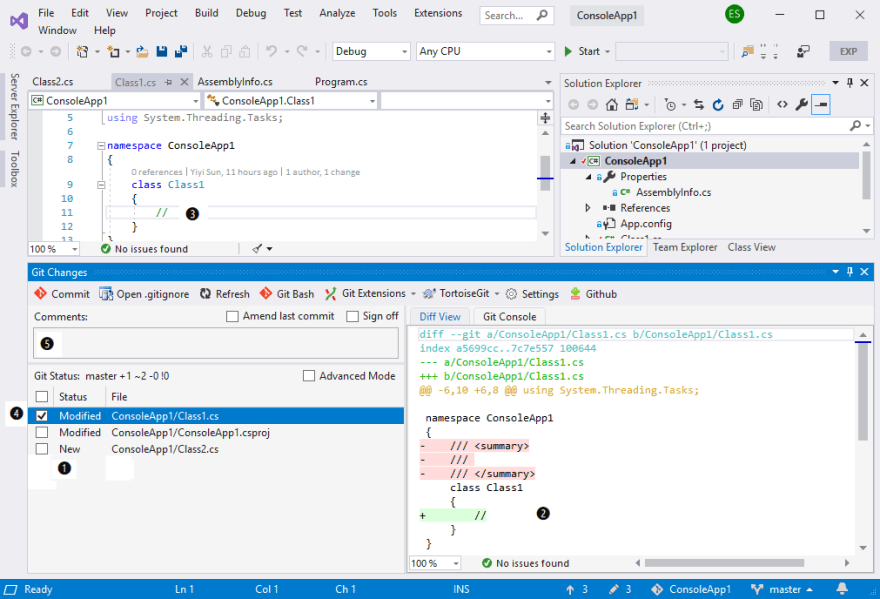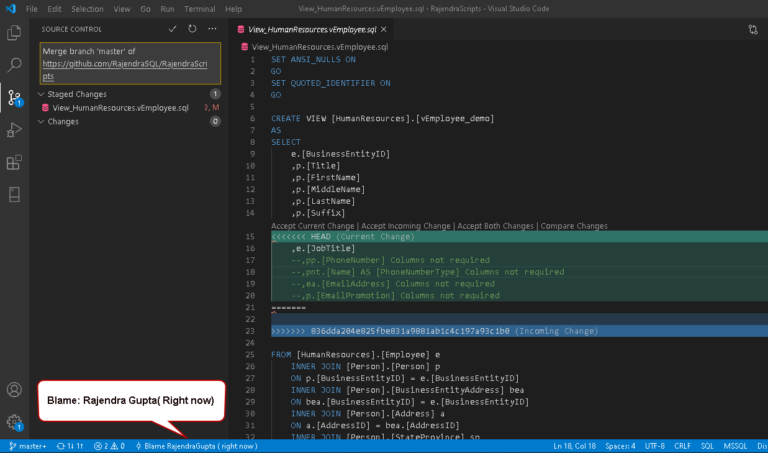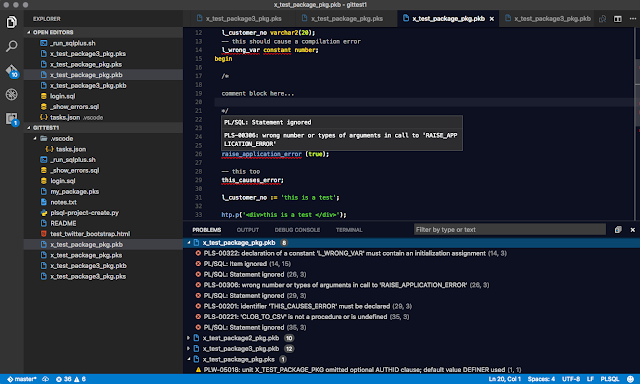

Run SFDX: Authorize an Org and select a login URL, for example Sandbox.Īfter you provide an org alias, a browser window opens. If this is the first time you are creating a project in VS Code and haven’t authorized an org, the display text for the Org Picker shows No Default Org Set. Or, you can select from the list of authorized orgs. This opens the Command Palette, and you can select the command to authorize an org, Dev Hub, or create a scratch org.

In the side bar of the code editor, click Org Picker. Open the VS Code editor, and from the Command Palette, run SFDX: Create Project with Manifest. To create developing against non-source-tracked orgs: Use Manifest or Org Browser to retrieve source from the default org.Use the Org Picker to authorize Develop Org.HotFix = hot fixes made directly in production.Develop = development branch represents the integration test line to be mounted in Develop Sandbox.Release = branch of UAT represents the candidate for production.To correctly manage the deployment in production sandboxes, it is necessary to create the repository as shown in the figure: After that, you need to create a new project in Visual Studio Code. Starting from your Production Org, proceed with the creation of two new Sandboxes: Develop and Release. Here's official doc: Create Your Sandboxes Salesforce CLI: If you’re new to the Salesforce CLI, make sure to check out the resources at the end of this post.You can also check out the GitHub repository of the extensions, as it is an open-sourced project.

#Sfdc visual studio code install git repository free
To get started using VisualStudio Code for Salesforce development, you need to install a few tools, which are all free of charge: To do this, we will use Gitlab and breakthrough its pipelines. The objective of this short guide is to understand how Git can help you in the deployment process.


 0 kommentar(er)
0 kommentar(er)
